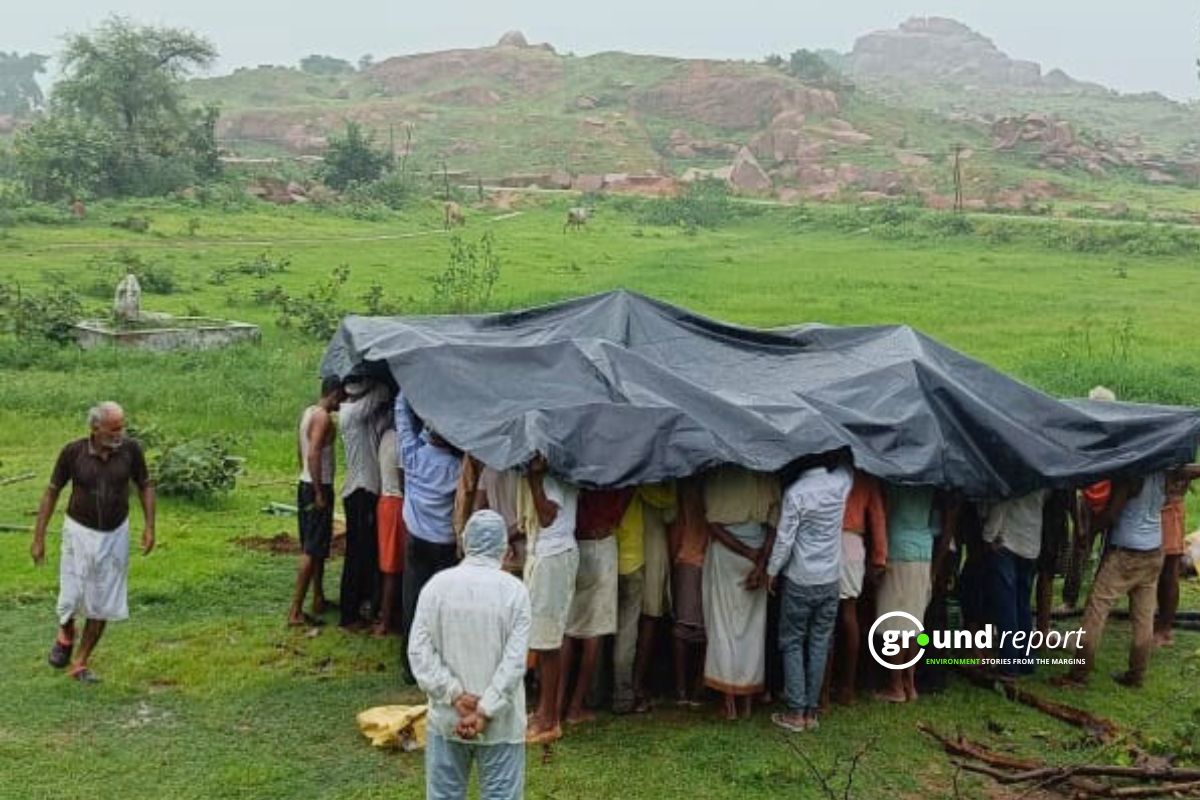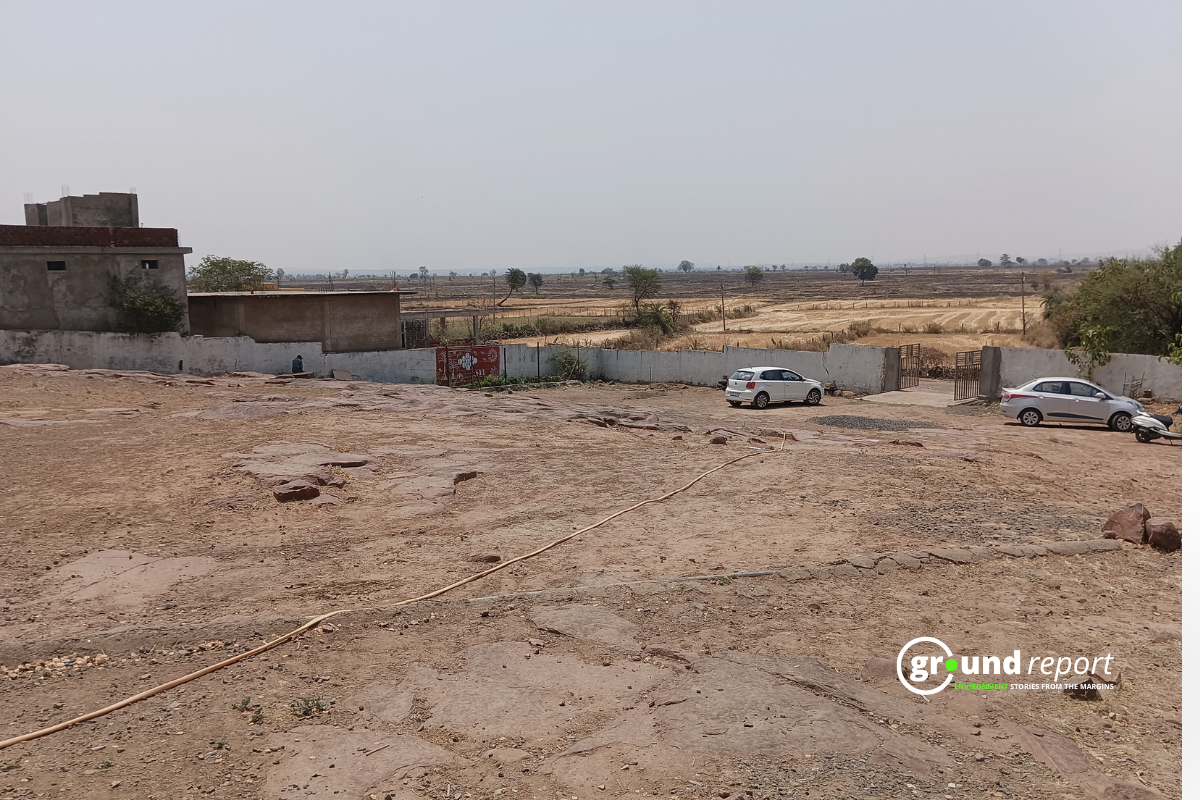In a recent study published in the Journal of Hydrometeorology, researchers from the Indian Institute of Technology and the University of Augsburg have raised concerns about the fertile plains surrounding the Ganges and Indus rivers becoming a hotspot for climate change in the coming decades.
The study indicates that India could experience more frequent and intense extreme weather events in the future, posing a threat to the highly fertile regions around the Ganga-Indus basin. This area is already grappling with the challenges of a growing population.
Study examines India’s weather extremes
The research highlights the potential impact of hydroclimatic events such as heatwaves, heavy rainfall, floods, droughts, and storms on the lives of millions of people residing in these regions. These events, occurring either simultaneously or in close succession, could have devastating consequences year after year.
Professor Dr. Harald Kunstmann from the Center of Climate Resilience at Augsburg University explained that the combination of these extreme events often results in severe damage.

“The Indo-Gangetic Plain is one and a half times the size of Spain and is already one of the most densely populated areas in the world,” says study author Harald Kunstmann. “In the future, the population is expected to continue to climb.”
The study aimed to evaluate the frequency and geographical distribution of these mixed extreme events in India, both historically (from 1981 to 2020) and projected into the future until the end of the century.
Using an advanced statistical technique called copula, originally developed for financial analysis, the researchers assessed the likelihood of specific extreme events occurring together. This analysis provides insights into the potential risks posed by climate change-induced mixed extreme events and identifies the regions most vulnerable to their impact.
Prepare for climate change impacts
“Our findings can help in political decision-making and planning. Even in the most favourable scenario, people in the Indo-Gangetic Plain will be severely affected by climate change,” explains Kunstmann.
“It is therefore important to prepare in advance through such measures as investing in seeds that are better adapted to heat and drought, building dams that minimise the risk of flooding, as well as storing rainfall in times when it is plentiful to use it later for irrigation in times of drought.”
The technique used in financial markets to predict oil and gas prices is now helping researchers understand how combined events like droughts, heavy rainfall, and extreme temperatures affect people. They’ve used this method to assess these mixed events and predict how likely they’ll be over the next few decades.

The study is based on four possible future scenarios related to greenhouse gas emissions. The best-case scenario assumes a big reduction in emissions, while the worst-case scenario predicts more fossil fuel use. Each scenario considers factors like carbon dioxide emissions, population growth, technological advancements, and lifestyle changes.
These scenarios help estimate future population sizes, which is crucial for understanding how likely extreme weather events are and how many people they’ll affect. The researchers also created maps to show where climate change will hit the hardest.
Indus-Ganga plains face climate risks
These maps highlight areas where future development will greatly impact the population. The results indicate that the low-lying regions around the Indus and Ganges rivers in the Indian subcontinent will face severe consequences from these changes and extreme weather events.
The Indo-Gangetic plain, which is one and a half times larger than Spain, is already densely populated and is expected to see further population growth. This fertile Terai region, where major crops like rice and wheat are grown, is particularly at risk due to rising global temperatures. Extreme heat, droughts, and heavy rains could damage crops in the future.
The risk of these extreme events in the Indus-Ganga plains may increase up to six times, affecting millions of people every year. Even in the most favorable scenario, the Indo-Gangetic plains will be significantly impacted by climate change, according to Professor Kunstman.

Densely populated areas have experienced heavier rainfall and greater heat changes in the past, and this trend is likely to continue. Some regions, including the Indus-Gangetic plains and the southern coast, may see up to six times more change.
There’s concern that these areas could become hotspots for extreme events in the future, posing significant risks across all climate and population growth scenarios. The study’s findings can inform political decisions and planning to better prepare for these changes.
Measures like investing in heat and drought-resistant seeds, building dams, and collecting rainwater during the monsoon season can help mitigate risks. Kunstman also emphasizes the importance of slowing down global warming, as adaptation is necessary to address its impacts. Researchers are working on methods to identify areas in need of preparedness and adaptation measures and how to implement them effectively.
Keep Reading
Part 1: Cloudburst in Ganderbal’s Padabal village & unfulfilled promises
India braces for intense 2024 monsoon amid recent deadly weather trends
Support us to keep independent environmental journalism alive in India.
Follow Ground Report on X, Instagram and Facebook for environmental and underreported stories from the margins. Give us feedback on our email id greport2018@gmail.com.
Don’t forget to Subscribe to our weekly newsletter, Join our community on WhatsApp, and Follow our YouTube Channel for video stories.









